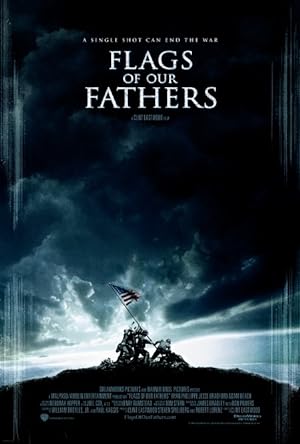Flags of Our Fathers was an ambitious attempt, but fell short. The main problem was narrative style. Until the latter portion of Flags of Our Fathers, it was unclear which actor played which character, which older character played which younger character, which character matched which family and whose perspective the movie was supposed to follow. The flashbacks jumped around at different points in the past and did not follow a particular rhythm until the end when one of the veterans’ sons is clearly being shown interviewing veterans, narrating and typing at his desk. I think that Eastwood was trying to convey the confusion of war, the PTSD combined with dementia of old age and the engineered obfuscation by the government, but it ended up hampering his efforts to tell a really interesting and critical story. In movies like Flags of Our Fathers and Changeling, Eastwood likes to challenge the cover story provided by authority and highlight the hypocrisy without losing sight of the actual people behind the historical event. Because he did not simplify his narrative technique, unfortunately Eastwood did not effectively convey his message, but I’m glad that he tried. His color palette was unrelentingly amazing- during the battle scenes, until there is an explosion or blood, it looks like it was shot in black and white. There are not many Native American actors who get a chance to work regularly so over the years, I’ve seen Adam Beach in a number of roles when Hollywood needs a Native American. Beach has been delivering nuanced, understated yet passionate and unique performances for years, and he continued his quality work in Flags of Our Fathers. Beach feels like the real thespian in this production. Even Robert Patrick gets a few scenes, which always makes me happy. It has been too long since I saw Letters from Iwo Jima, which is supposed to accompany it. If I ever rewatch it, I would prefer watching them together.





